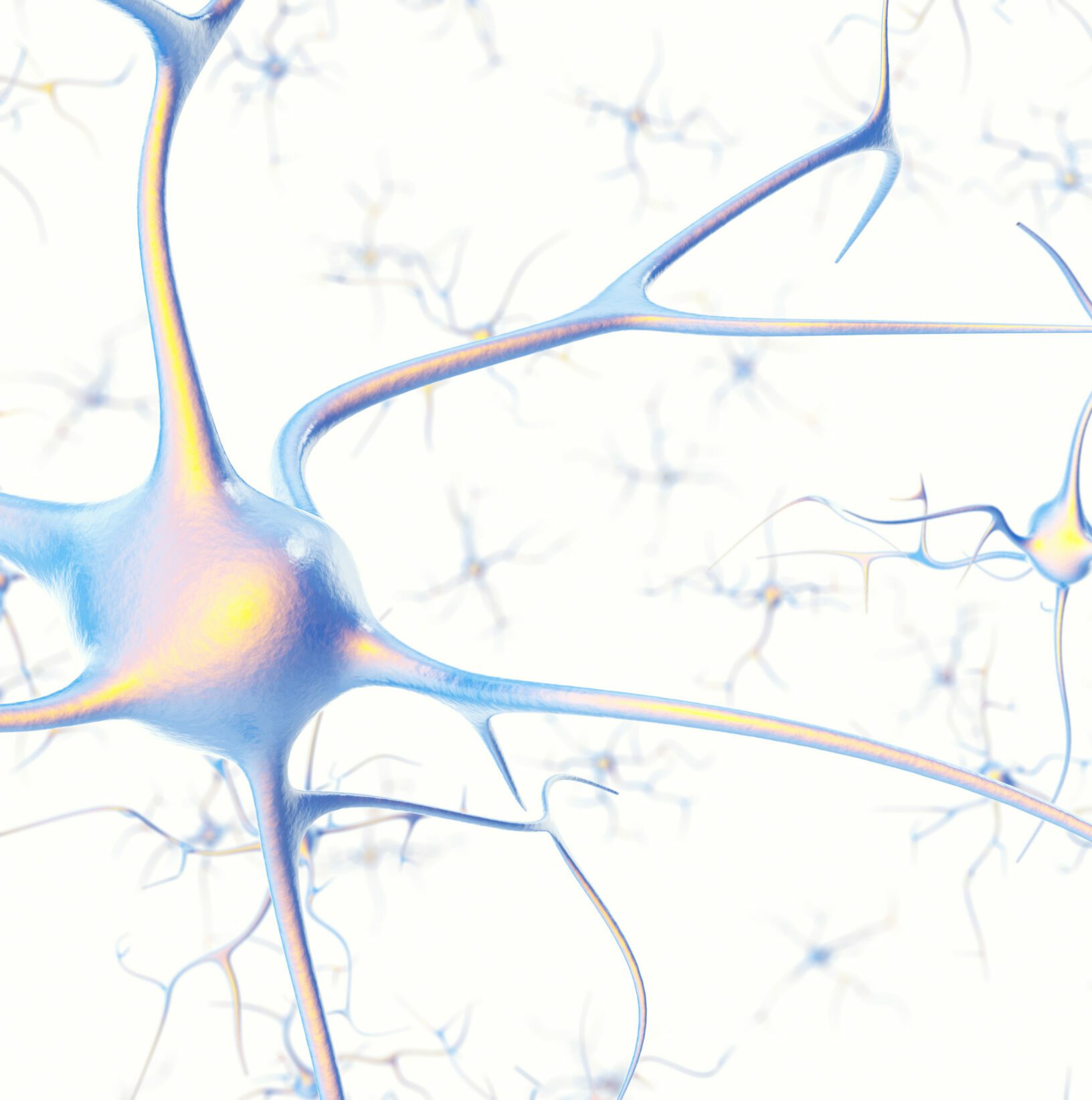A major bottleneck in ALS research has been the absence of fluid-based biomarkers that reflect central pathology.
A recent milestone in ALS research, supported by Target ALS and the ALS Association, is the development of a sensitive and reliable immunoassay to detect full-length TDP-43 in human biofluids—an urgently needed tool given that TDP-43 pathology is present in 97% of ALS cases.
Dr. Robert Bowser’s team utilized the Meso Scale Discovery (MSD) electrochemiluminescence platform to overcome longstanding issues with assay sensitivity and reproducibility. After evaluating commercially available antibodies, the team optimized a polyclonal-monoclonal antibody pair to amplify true signals and validated the assay for use in plasma and serum, achieving a limit of detection as low as 4 pg/mL and a wide dynamic range. Strikingly, in a study of over 100 ALS patients and matched controls, the assay consistently revealed lower levels of full-length TDP-43 in ALS samples—a counterintuitive but reproducible finding that echoes emerging evidence of increased TDP-43 fragmentation in the disease. This tool not only offers promise for improving diagnostic precision and therapeutic monitoring in ALS but also opens new avenues for exploring disease biology—particularly the mechanisms behind reduced full-length TDP-43 and its fragmentation.
Future directions include expanding sample sizes, validating findings across neurodegenerative diseases, and evaluating its utility for patient stratification and treatment response. Additionally, the assay’s capture antibody is now openly available through the Target ALS Reagents Core, underscoring the collaborative ethos driving this work. While not yet ready for clinical deployment, this assay represents a significant step toward the first fluid-based diagnostic test for ALS.
In parallel, the BNI-AC Immune Consortium, funded in 2022, investigated the presence of TDP-43 in platelets, seeking to develop an ALS biomarker that could be functional with a blood draw versus a lumbar puncture. The group discovered a reduction of full-length TDP-43 in platelets, similar to the discovery in serum and plasma with the MSD assay described in the project above. Further exploration of TDP-43 in blood components such as platelets may offer deeper insights into systemic biomarkers and ultimately provide less invasive means of diagnosing ALS.
Next-Gen Diagnostics: Novel Approaches to Detecting and Understanding TDP-43 Pathology
As our understanding of TDP-43 in ALS deepens, researchers are pioneering new tools to detect its toxic forms earlier, more accurately, and less invasively. From seed amplification assays and nasal swabs to cryptic exon biomarkers in biofluids, these cutting-edge approaches aim to transform how we diagnose, monitor, and ultimately treat TDP-43-driven disease.
Seed amplification assays:
Seed amplification assays (SAAs) like RT-QuIC were developed to diagnose prion diseases by specifically triggering the aggregation of prion proteins in the biofluids or tissue of affected individuals. Given that TDP-43 aggregation is a hallmark of ALS, researchers are looking to apply this cutting edge technology to ALS diagnosis. SAAs have the potential to diagnose ALS or track its progression from less invasive biofluids like serum or plasma. Target ALS is supporting a number of projects advancing the development of this diagnostic technology.
- Sarah Smith’s project focuses on using a seed amplification assay (SAA) to identify TDP-43 in patient biofluids. SAAs have been successfully applied to aggregated proteins in other neurodegenerative diseases, like Parkinson’s disease and Alzheimer’s disease. Sarah’s project innovates in the space by developing a digital SAA to diagnose ALS. This new SAA method gives a binary answer – yes or no – to the question of whether a biofluid contains TDP-43 aggregates and could be a massive step forward for ALS diagnosis. Sarah is a Target ALS funded Neurology Resident, so she combines her innovative research with caring for people living with ALS in clinic.
- Javier Oroz’s project also involves using SAAs to diagnose ALS with TDP-43. His plan involves multiple parts:
- Use a chemically modified C-terminal fragment (prion-like domain) of TDP-43 as a tool to consistently and specifically amplify TDP-43 in ALS patient samples
- Generate nanobodies (single domain antibodies) from individual TDP-43 aggregate species which will allow for –
- Structural resolution of TDP-43 oligomers (pre-aggregates) and
- An understanding of how TDP-43 oligomer species change during disease progression.
This project, if successful, could provide not only a diagnostic biomarker, but also biological understanding of disease and a progression biomarker.
- The Polymenidou-Zanusso-Legname consortium developed a nasal swab-based RT-QuIC test, similar to a COVID-19 test, to detect small traces of TDP-43 aggregates in ALS and FTD patients. You can find the promising outcomes of their research here.
Cryptic exon biomarkers:
Capitalizing off of the knowledge of TDP-43’s critical role in regulating RNA splicing, multiple groups hope to utilize cryptic exons and peptides formed in the absence of nuclear TDP-43 to diagnose ALS or track its progression in patient biofluids.
- The Ward-Fratta-Petrucelli consortium has paved the way for TDP-43 dysfunction-based biomarkers, investigating the potential to use cryptic peptides found in patient blood or CSF as biomarkers of TDP-43 loss of function. Read more about their research here.
- Several new consortia were funded in 2024 to deeply explore cryptic exons and peptides as ALS diagnostics:
- Project Title: Translating novel ALS and FTD fluid biomarkers of TDP-43 pathology towards the clinic
- Researchers: Dr. Arti Patel (Novartis), Professor Anja Schneider (DZNE), Dr. Alex Thompson (University of Oxford), Dr. Pegah Masrori (KU Leuven).
- Project summary: Measuring loss-of-TDP-43 function in people living with ALS and FTD is crucial to developing both diagnostic tests and measuring the effectiveness of potential treatments. This consortium will develop ways to measure cryptic exons and peptides formed due to loss-of-TDP-43 function in neuronal extracellular vesicles (EVs) in blood and spinal fluid. Recent advances in isolating neuronal EVs make this project possible. These techniques will be used to understand TDP-43 dysfunction before and during the disease and to study the impact of drugs on these biomarkers to validate use of the biomarker in clinical trials.
- Project Title: Understanding the relevance of TDP-43-induced cryptic exon expression for synaptic dysfunction in ALS
- Researchers: Professor Philip Van Damme (KU Leuven), Professor Rosa Rademakers (VIB), Dr. Eugeen Vanmechelen (Adx NeuroSciences), Professor Koen Poesen (KU Leuven), Professor Dietmar Thal (KU Leuven).
- Project summary: Understanding how cryptic peptides contribute to the pathology of ALS is a research priority. In this project, researchers aim to identify these cryptic peptides, using postmortem tissue from ALS patient spinal cord and motor cortex, and study how they contribute to neuronal dysfunction. Their aim is to not only generate accurate assays to detect cryptic peptides in biofluids, but also determine how these cryptic peptides might functionally contribute to deficits in synaptic signaling between neurons or between neurons and muscle and ultimately loss of synapses.
- Project Title: KCNQ2 Biomarker for Precision Medicine in ALS
- Researchers: Dr. Yossi Dagon (QurAlis), Professor Evangelos Kiskinis (Northwestern University), Professor Nicholas Seyfried (Emory University), Dr. Johan Skog (Exosome Diagnostics).
- Project Summary: TDP-43 dysfunction affects how the gene KCNQ2 and many other genes are spliced and expressed, disrupting their normal functions. Downstream KCNQ2 dysfunction leads to neuronal hyperexcitability, which contributes to pathology in familial and sporadic ALS cases. A biofluid biomarker for KCNQ2 mis-splicing would therefore greatly benefit the understanding of TDP-43 pathology and its relationship to disease progression in people living with ALS. In addition, QurAlis has developed a drug (QRL-101) which has entered Phase I clinical trials that specifically activates the protein product of KCNQ2. This project will focus on the development and validation of biomarkers to assess KCNQ2 mis-splicing which could improve understanding of TDP-43 pathology in people living with ALS and may help with patient stratification for clinical trials with QRL-101.
- Researchers: Dr. Yossi Dagon (QurAlis), Professor Evangelos Kiskinis (Northwestern University), Professor Nicholas Seyfried (Emory University), Dr. Johan Skog (Exosome Diagnostics).
- Project Title: Translating novel ALS and FTD fluid biomarkers of TDP-43 pathology towards the clinic




